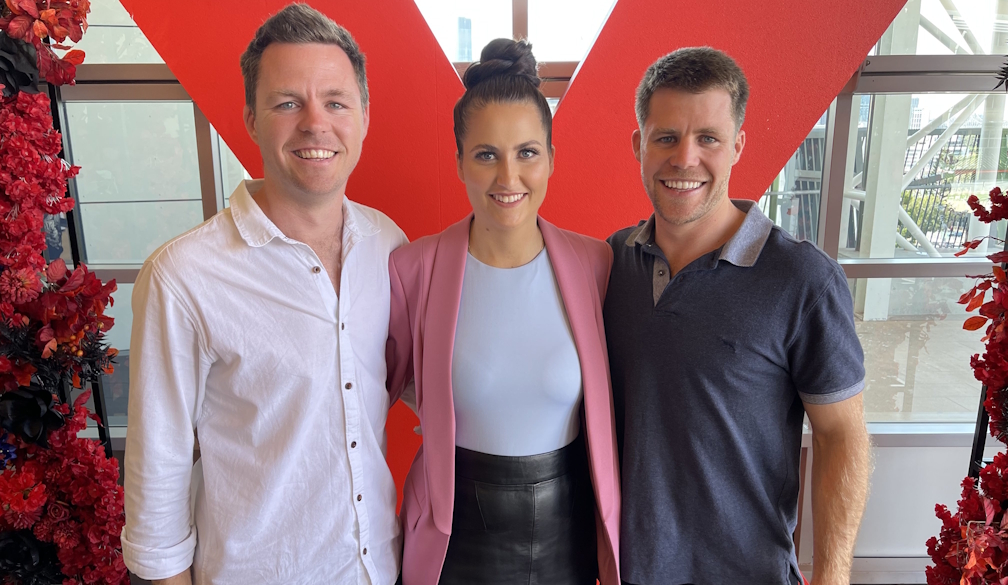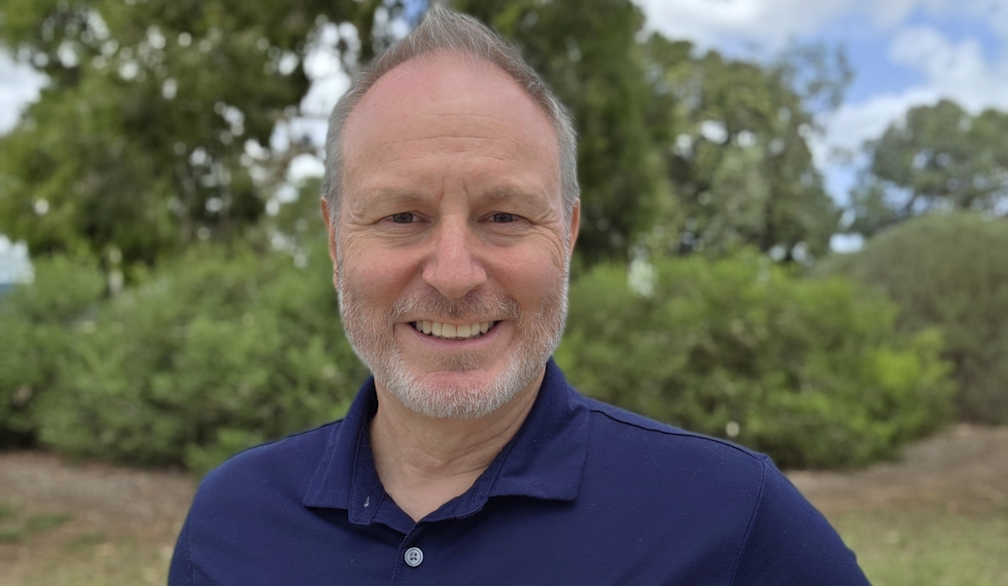Some people choosing DIY super are getting bad advice, watchdog warns
- Written by Di Johnson, Senior Lecturer, Finance and Financial Planning, Griffith University
It’s no secret Australians are big fans[1] of a do-it-yourself (DIY) project. How many other countries have a weekend sausage sizzle at a hardware store[2] embedded in their national mythology?
That DIY attitude may be flowing into the way we save for retirement. Since the early 1990s[3], it has been compulsory for employers to pay part of their employees’ income into a superannuation account.
Typically, that money is then invested and managed on their behalf for retirement by their chosen super fund[4]. But it doesn’t have to be. Australians can also elect to put their money in a “self-managed super fund[5]” (SMSF) and choose how it’s invested themselves, for their own benefit.
This option comes with far more risk and personal responsibility for compliance. Yet increasingly, people are choosing it: over the year to June, the number of SMSF accounts grew by 6.2%[6] to 653,062, with about 5% of Australian adults now an SMSF member.
SMSFs account for about a quarter – A$1 trillion[7] – of Australia’s $4.3 trillion superannuation sector.
Last week, a review[8] by the Australian Securities and Investments Commission (ASIC) raised serious concerns many financial advisers may be encouraging people to set up an SMSF even though it isn’t in their best interests.
The DIY approach to super
Most SMSFs[9] have one (25%) or two members (68%), but they’re allowed to have up to six[10].
For some people, the benefits of an SMSF may outweigh those offered through a regular super fund. It can allow them to select from a wider range of investments – choosing exactly where they want to put their money, and how they want to diversify.
It may also allow some people to optimise the amount of tax they have to pay – by selecting more tax effective[11] assets and timing the sale of investments.
Some company directors may be able to benefit from favourable tax arrangements by putting commercial properties[12] into an SMSF – though this is a complex arrangement with strict rules.
Not for everyone
However, there are also many potential pitfalls. First and foremost, though an SMSF gives members control over how their savings are invested, poorly selected investments can result in losses.
All members of an SMSF are equally responsible[13] for ensuring it meets its compliance obligations. This can be complex and expensive. Ongoing costs – such as audit fees and preparing financial statements – can be high.
On top of this, leaving an industry or retail fund could mean losing its included insurance coverage. It can also mean losing access to some compensation schemes and consumer protections[14].

Advice not up to scratch
In this context, corporate watchdog ASIC set out to understand why some clients were advised to establish an SMSF even though it was not suitable or beneficial for them.
It looked at 100 advice files that had recently been provided to real retail clients by financial advisers. It’s important to note this wasn’t a random sample – they were selected based on red flags that the advice may not have been suitable.
ASIC’s report[16] found in 62 of the 100 files, the financial adviser failed to demonstrate compliance with the “best interests duty[17]” and related obligations. Meeting this duty is a legal requirement. Advisers must provide appropriate advice, that is in the best interests of the client after taking all relevant circumstances into account, prioritising the client’s interests over their own.
Before recommending a financial product to a client, advisers must also conduct a reasonable investigation into the options.
Alarmingly, the review found 27 files – more than a quarter – raised “significant concerns about client detriment”. That is, these clients should not have been advised to set up an SMSF, but had been anyway.
‘Control’ and conflicts of interest
One of the biggest concerns raised in the report[18] related to the way the idea of “control” was being used inappropriately to justify recommending clients set up an SMSF.
Using an SMSF does offer more control over how retirement savings are invested. But ASIC said many advisers weren’t exploring “what control meant” to a particular client.
This includes asking questions such as: does this client have the skills and experience to operate an SMSF? Is this option cost effective, and does it meet the client’s goals?
The report also found many advisers weren’t sufficiently investigating existing products or alternatives for their clients, and in some cases, where there was a conflict of interest, didn’t act in the best interest of clients.
Why this matters
ASIC’s report points out there were still examples of good quality advice about establishing an SMSF. They do not suggest the sample is representative of all SMSF advice.
But a targeted focus on SMSF red flags seems warranted, with significant interest from Australians on lower incomes: in the June quarter this year, 47% of new members[19] entering into an SMSF had taxable incomes under $100,000.
Relatively low incomes don’t necessarily mean an SMSF was established inappropriately.
However, they do raise questions about whether other options (often lower cost, lower risk) are being properly explored and offered to clients seeking advice.
References
- ^ big fans (www.roymorgan.com)
- ^ weekend sausage sizzle at a hardware store (www.theurbanlist.com)
- ^ Since the early 1990s (www.aph.gov.au)
- ^ super fund (moneysmart.gov.au)
- ^ self-managed super fund (moneysmart.gov.au)
- ^ grew by 6.2% (www.superguide.com.au)
- ^ A$1 trillion (www.asic.gov.au)
- ^ review (www.asic.gov.au)
- ^ SMSFs (data.gov.au)
- ^ up to six (www.ato.gov.au)
- ^ tax effective (www.ato.gov.au)
- ^ commercial properties (moneysmart.gov.au)
- ^ equally responsible (www.ato.gov.au)
- ^ losing access to some compensation schemes and consumer protections (moneysmart.gov.au)
- ^ James Ross/AAP (photos.aap.com.au)
- ^ report (download.asic.gov.au)
- ^ best interests duty (www.asic.gov.au)
- ^ report (download.asic.gov.au)
- ^ 47% of new members (data.gov.au)
Authors: Di Johnson, Senior Lecturer, Finance and Financial Planning, Griffith University







